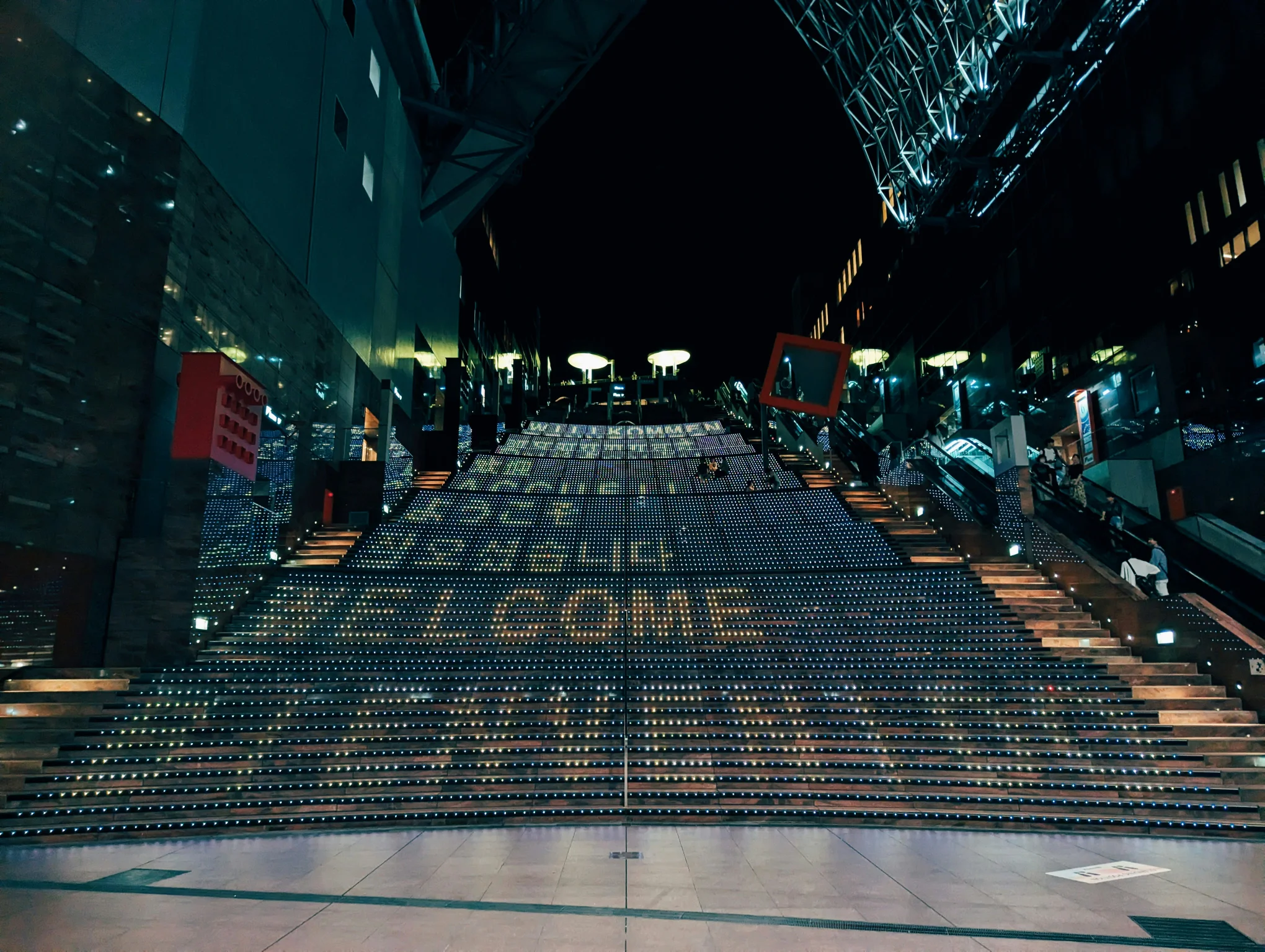How to use Webflow's localization feature correctly for a multilingual website

In Switzerland we are proud of our multilingualism and (often) see the necessity to translate a website in our native languages. Webflow’s native Localization feature allows you to seamlessly expand your web presence by customizing content, design, and functionality to specific locales. Here’s a quick guide on how to implement localization using Webflow, along with key considerations to ensure a smooth, culturally relevant user experience.
Setting Up Localization in Webflow
To get started with Webflow’s Localization, follow these steps:
- Primary Locale Setup: Begin by defining your primary locale under Settings > Localization. This sets the default language and structure for your site. Once set, you can add secondary locales (additional languages or regions) through the same interface.
- Subdirectory Management: Each locale can be assigned a subdirectory (e.g., /en/ for English, /fr/ for French), making it easier for users to navigate between languages. You can manage the visibility and publishing status of each locale, ensuring only completed versions go live.
For the primary locale, it’s best to select the language your marketing team predominantly uses or the primary language of your current target region. This approach simplifies the management of additional languages in your Webflow project, ensuring consistency and efficiency across your marketing efforts as your site expands.
Proper subdirectory management is crucial for SEO. When activating localization in Webflow, you can choose between a language-specific subdirectory or a combination of language and country codes. For example, using German for Switzerland might result in /ch-de. However, we recommend sticking with simple language codes (e.g., /de/ for German), as most browsers, computers and search engines automatically recognize and prefer these over the country-specific extensions.
Key Considerations for Website Localization
Localization involves more than just translating text. Here are some things to consider:
- Cultural Adaptation: Make sure that the content is relevant to the local culture. This includes everything from date formats, currencies, and idiomatic expressions to product images and offers that match local preferences.
- User Experience: Implement language switchers (via Webflow’s dropdown menu or custom code) to let users easily toggle between languages. Ensure that design elements like right-to-left (RTL) support for languages like Arabic are correctly implemented.
- SEO and Meta Content: Localize SEO elements such as meta descriptions, page titles, and Open Graph tags to boost your site’s visibility in specific regions. Webflow supports SEO localization across different locales.
Technical Implementation in Webflow
After setting up your locales, Webflow makes the process intuitive:
- Locale-Specific Content: Use the Designer to manage content in each locale. You can directly translate or adapt content (text, images, and videos) for each language while keeping the same structure.
- Localized Collections: Webflow allows you to manage Collections (e.g., blog posts, events) individually for each locale. This enables content to be customized for each language without affecting other locales.
- Component-Level Localization: Webflow supports component localization, meaning you can localize headers, footers, and other reusable elements by simply selecting the locale and editing the necessary content.
Pro tip: When you are working with components and properties, make sure that those elements are correctly set up in the main locale (see also above), before you are activating the locale. Otherwise, some components won’t be able to use properties in a correct way, leading to content loss, when editing in the other locales.
Manual vs. Automated Translation
While Webflow provides built-in machine translation, it’s advisable to review translations manually or work with native speakers. Automated translations can miss nuances, cultural references, and context, leading to awkward or incorrect interpretations. Having a professional translator or native speaker ensures that the “soul” of your message remains intact, preserving the authenticity and emotional connection with the audience.
Conclusion
Webflow’s Localization feature offers a powerful, user-friendly way to globalize your website. By thoughtfully implementing localized content, adapting to cultural contexts, and ensuring high-quality translations, you can create a seamless, engaging experience for users across different regions. Expand your business reach by making your site truly global with Webflow’s intuitive localization tools.
This guide serves as an introduction to Webflow Localization and outlines best practices for getting started. For further details, explore Webflow’s official documentation on localization features.
Related insights
Contact us
To guarantee a perfectly tailored response to your specific web design requirements, we invite you to contact us for a personalized proposal.







